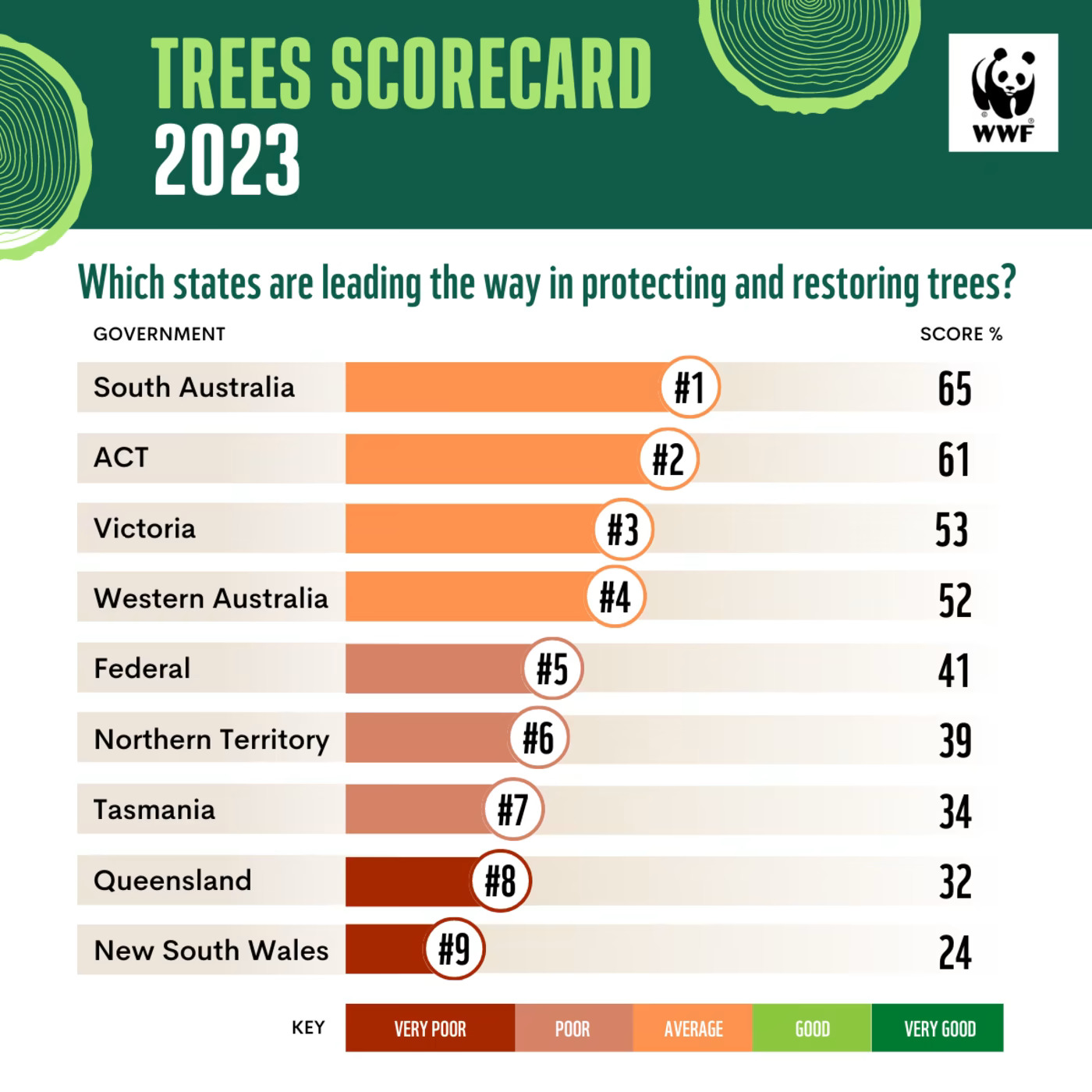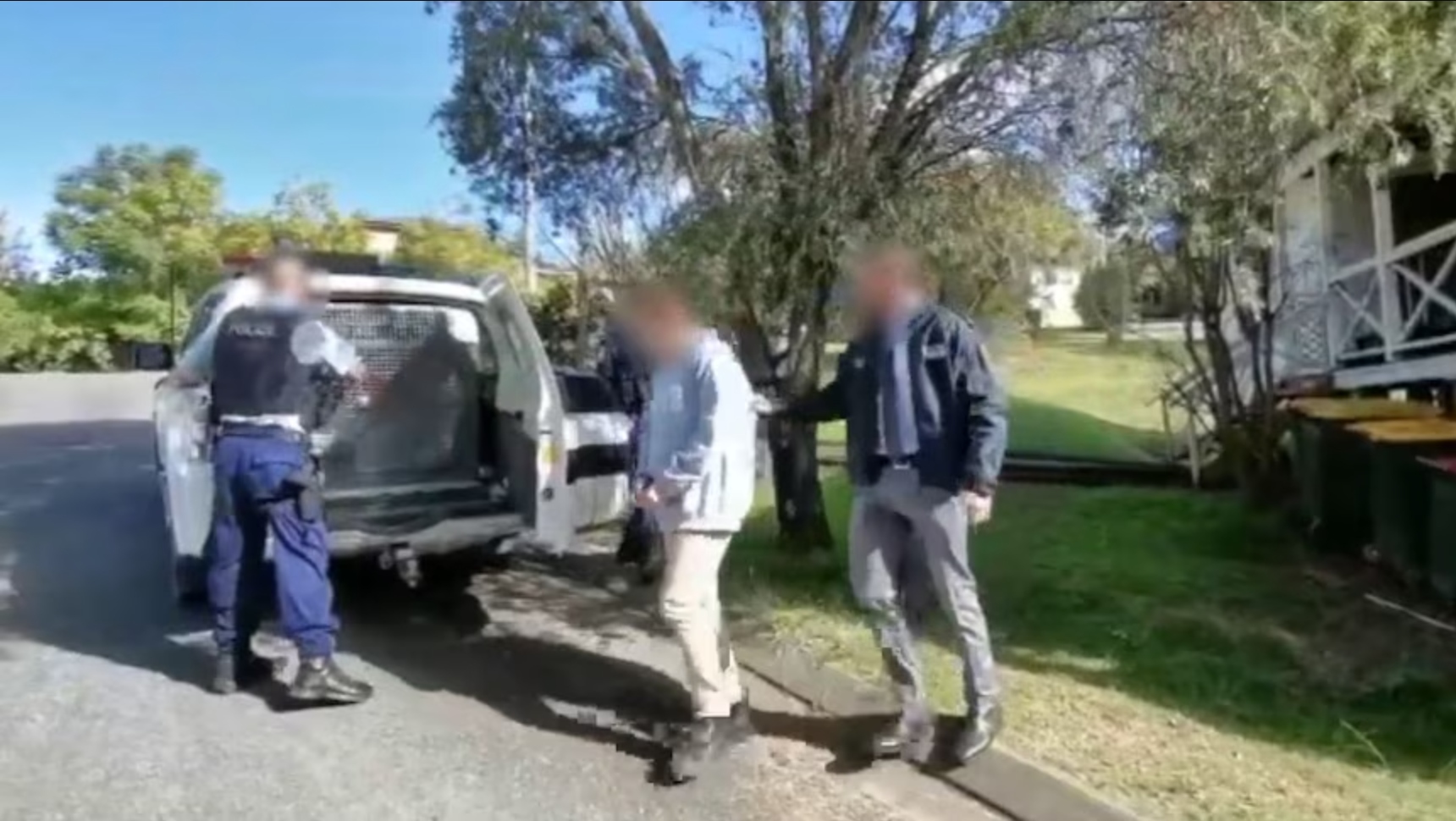

By ABHA HAVAL
The tree scorecard released this week by WWF Australia has left NSW dead in its tracks ranking last for forest protection and restoration. The NSW government has failed to adequately protect the environment while continuing to log in State Forests, the report has revealed.
In a petition to save the trees, the WWF report has made a number of recommendations for the NSW Government to put an end to native forest logging and protect the remaining 36 percent of NSW’s forests, including carbon savings for the NSW Net Zero plan, and strengthening land clearing laws.
Jacqui Mumford, CEO of the National Conservation Council (NCC), said, “NSW is the only mainland state without a plan to end native forest logging. NSW are outliers in what is clearly the future of forestry – a transition to 100 percent plantation timber.”
“Between 2018-2021, 264,170 hectares of forests were cleared – that’s more than 3 trees bulldozed every 10 seconds.”
“In the NSW Vegetation Clearing Report released today, we can see that land clearing for agriculture is still increasing – woody vegetation clearing for agriculture has increased by 15 percent.”
“NSW is struggling with run-away land clearing after 12 years of the Coalition weakening regulations. Land clearing rates have tripled since 2016 and its time this was fixed.”

According to NSW Environment Protection Authority’s (EPA) Native Vegetation Report 2021, there is a 2 percent decrease in the ecological condition of the overall vegetation habitat following the bushfires in 2020, getting worse each day while logging for timber continues in the state forests.
While the state faces the heat of land clearing, and deforestation during the climate crisis, the Forestry Corporation of NSW announced this week that a forest burn will occur to improve habitat conditions for native wildlife.
A spokesperson for Forestry Corporation of NSW told City Hub that, “Forestry Corporation has been appointed to manage state forests for a range of purposes… and the same forests have been producing renewable timber and regrowing for more than 100 years, with around one percent of native forests harvested and regrown each year.”
“The forest areas with the highest conservation values are permanently protected, and the areas harvested for timber are regrown forests.”
“Timber harvesting is conducted under strict conditions developed with inputs from expert scientific panels to ensure biodiversity, forest features, and wildlife habitat are protected.”
The State of the Environment Report (SOE) 2021 by Labour Environment Action Network (LEAN) clearly states the environmental health in Australia, and land clearing being the driving force of the biodiversity crisis with crashing numbers in species as a loss of habitat.
“Sadly, Australia is a deforestation hotspot up there with the Brazilian Amazon and the Congo Basin, and we have the worst mammal extinction rate in the world,” said Mumford.
“Australia has some of the most iconic animals and pristine wilderness in the world but we have a long way to go to truly value and protect our wildlife and forests.”
“We’ve already destroyed far too much of the NSW bush. What’s left should be protected not pulped. Our forests are worth more standing.”
NCC of NSW has called on the NSW government to change the landscape of the state’s damaging deforestation practices.









